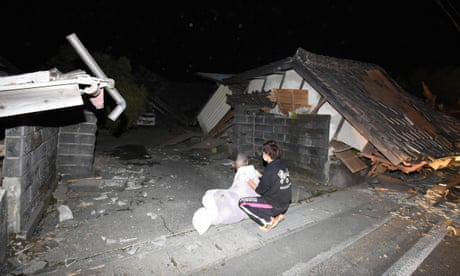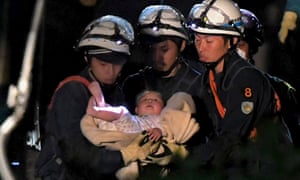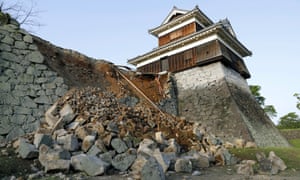Paris: Clashes between migrants under the Skytrain at Stalingrad. Stalingrad is a Paris Métro station on the border between the 10th arrondissement and the 19th arrondissement at the intersection of lines 2, 5, and 7, located at the Place de Stalingrad
The Parisian has this:
Look at Paris. And Obama wants to bring this here.
Turning Paris into the Middle East. Last month, the French police claimed to have cleared this camp under the Metro el in Paris. Its the second time they claimed to have cleared it.
On March 30, Vice reported this:

Paris Police Just Moved 1,000 Migrants Out of a Squalid Subway Camp
Police in Paris forcibly moved almost 1,000 migrants early on Wednesday from a squalid camp under the elevated Stalingrad metro station, in the north of the city.
The operation to clear the camp was carried out jointly by the police, city authorities, and the French Office of Immigration and Integration. For security reasons, traffic was interrupted along the boulevard that runs alongside the camp, and the Stalingrad metro station was temporarily closed.
Speaking to VICE News on Tuesday, Qayoom, an Afghan national from Nangarhar province, described dismal living conditions at the camp: “Even animals don’t live like this,” he said. Before he fled the unrest in Afghanistan, Qayoom owned a store.
Two gendarmes patrol a street near the Stalingrad camp on Wednesday morning. The writing on the wall says “Set borders on fire!” (Pierre Longeray/VICE News)
The migrants will be housed by the city for up to a month, unless they file an asylum claim, in which case the accommodation will be extended for the duration of the asylum process. According to the authorities, 941 migrants were rehoused this morning, including 50 women with children, who were given special help from the city.
In a joint statement released Wednesday, French Interior Minister Bernard Cazeneuve and Paris Mayor Anne Hidalgo said that they were “committed to solving [the crisis] and to preventing camps from being built in Paris and in the Île-de-France [the region surrounding the capital], by providing shelter and guidance to migrants.”
The statement also noted that the Stalingrad camp had been completely cleared.
The Stalingrad camp was already evacuated on March 7, 2015, when 393 migrants were offered alternative accommodation in the city. At the time, a number of migrants said they had missed the buses chartered to take them to the emergency housing, and had returned to their former location.
Over the past three weeks, a growing number of Afghan, Somali, Eritrean and Sudanese migrants had found shelter under the elevated metro tracks in the north of the city.











